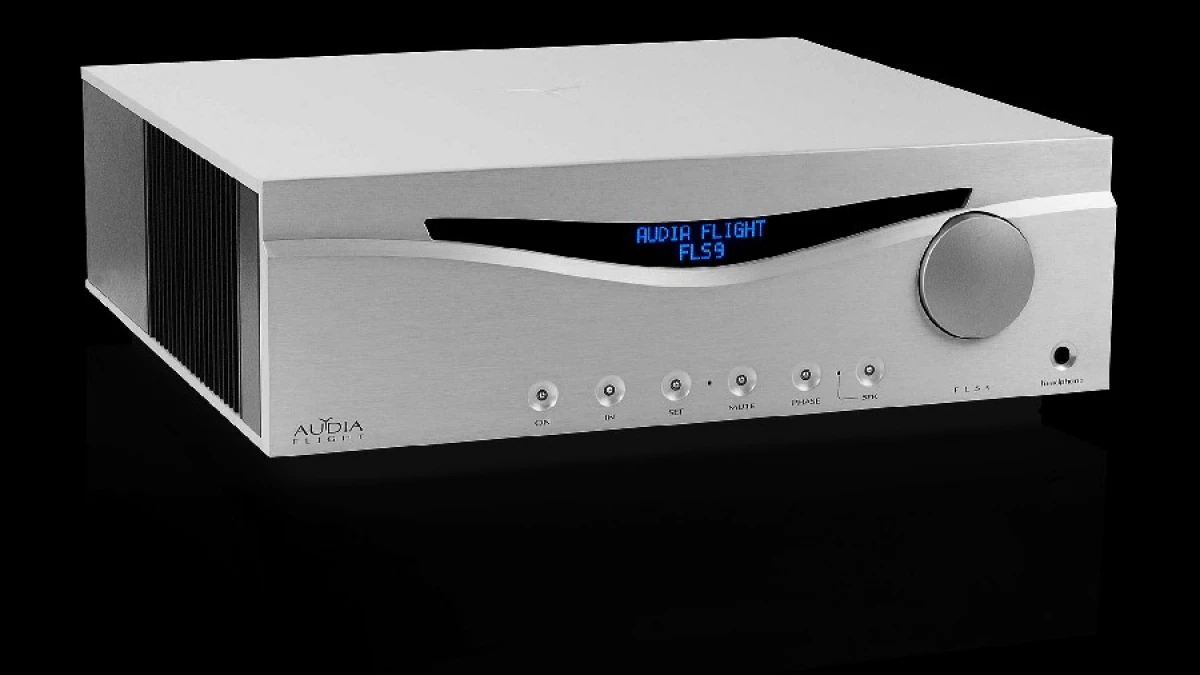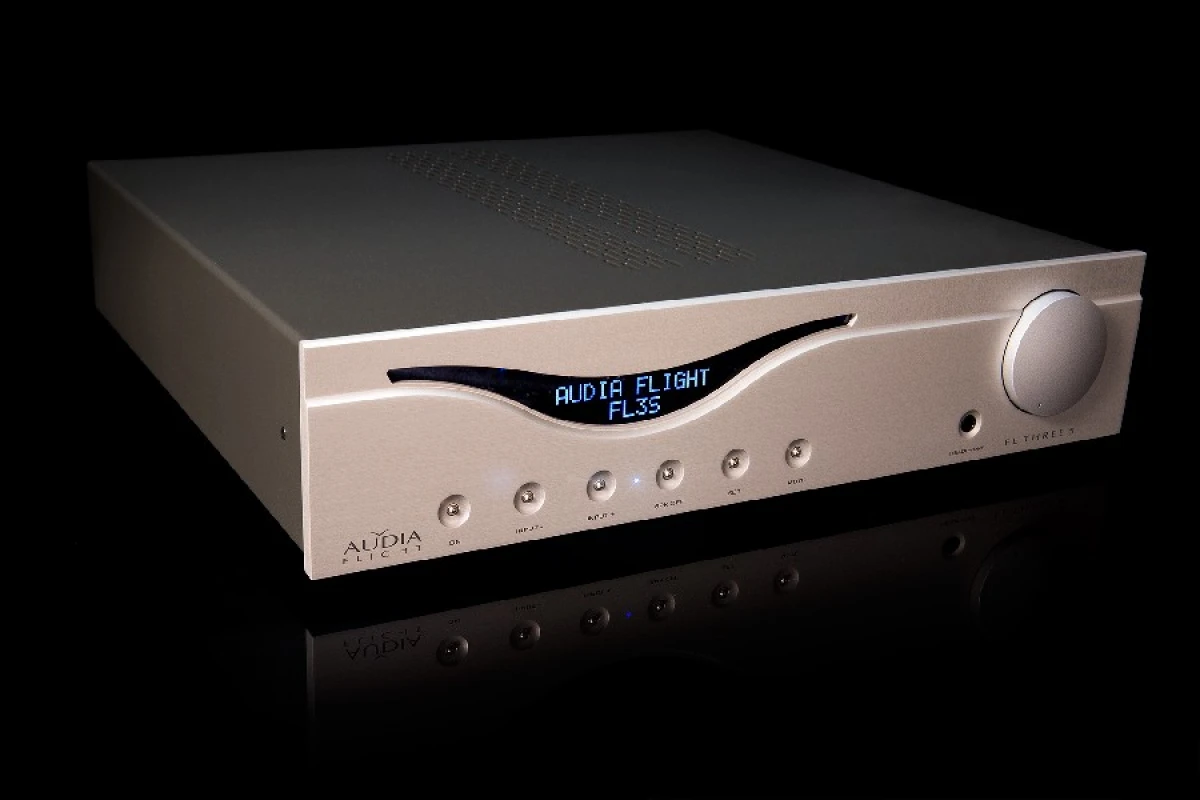Integrated amplifiers — Audia Flight FLS 10
Description, images, technical data and specifications
Audia Flight FLS 10
Image source — © Audia Flight
Audia Flight FLS 10 is a whole storehouse of modern High-end solutions. Fully balanced circuit, 32 transistors, total capacitor capacity of 288,000 UF, toroidal transformer for 2,000 VA. The output power reaches 2 x 200 watts at 8 ohms, the device can operate at a load of up to 2 ohms.


Specifications
Model name
FLS 10
Type
Integrated Amplifier with DAC
Analog inputs (balanced)
2
Analog inputs (single-ended)
3
Input sensitivity (mV)
N/A
Input impedance (balanced) (Ω)
47 000
Input impedance (single-ended) (Ω)
47 000
Output impedance (balanced) (Ω)
N/A
Output impedance (single-ended) (Ω)
N/A
D/A conversion
Yes
Phono MM/MC current-sensing input impedance (Ω)
N/A
Output power (8Ω) (W)
200
Output power (4Ω) (W)
380
Gain (dBu)
90
Frequency response low +/- 3dB (Hz)
0.3
Frequency response high +/- 3dB (Hz)
500 000
Signal to Noise Ratio (dB)
110
Total Harmonic Distortion + Noise (%)
<0.05
Damping factor
>650
Dimensions (mm)
450x180x440
Weight (kg)
36
Official link
More components

Integrated amplifiers
Audia Flight FLS9

Integrated amplifiers
Audia Flight FL THREE S


